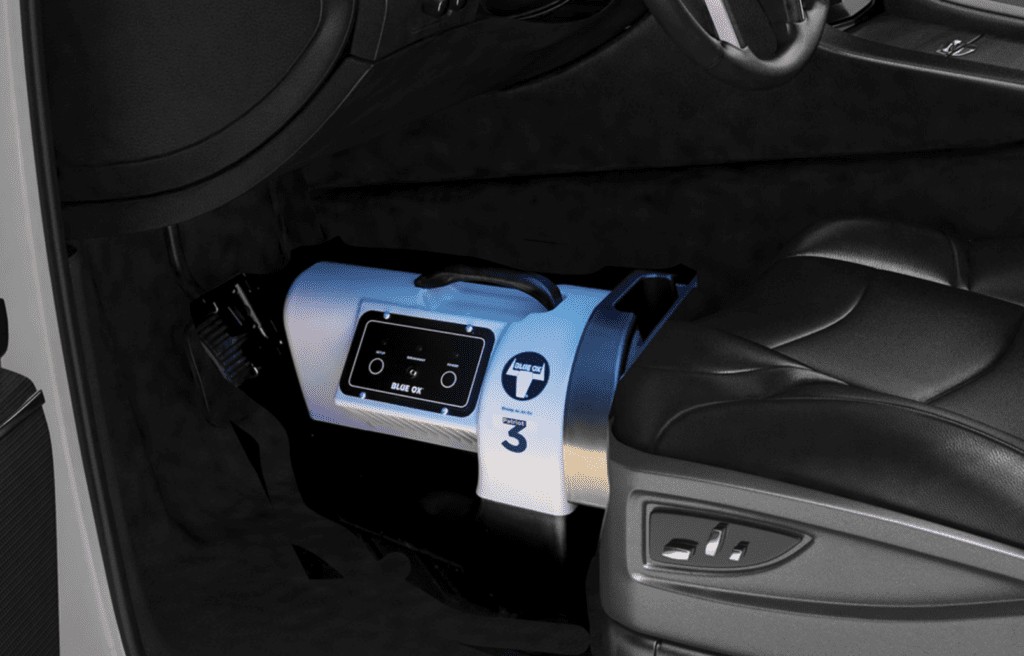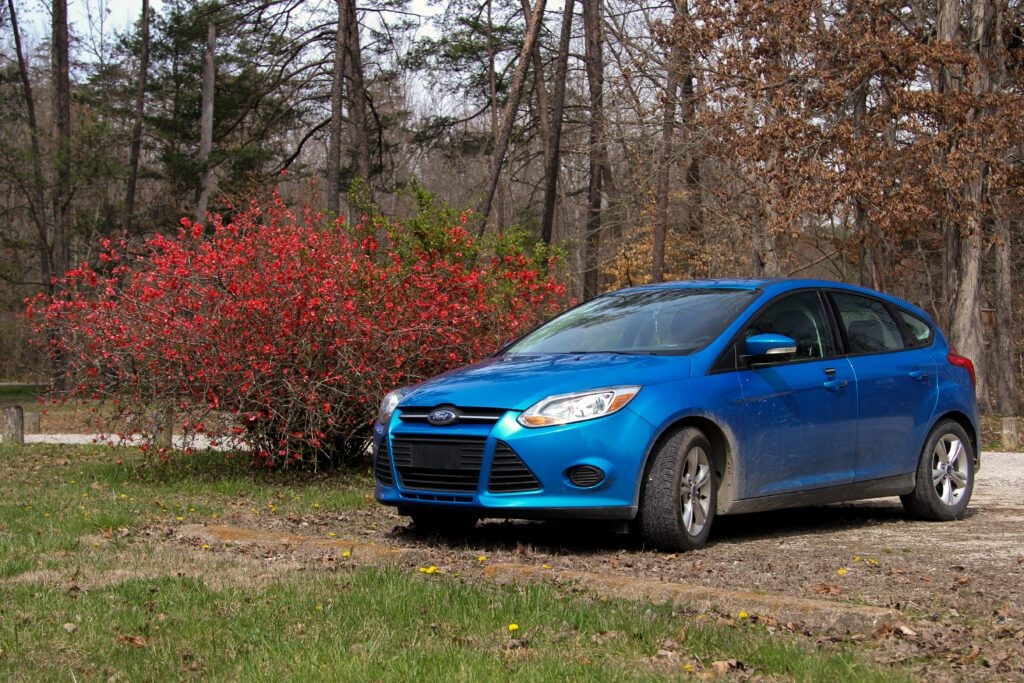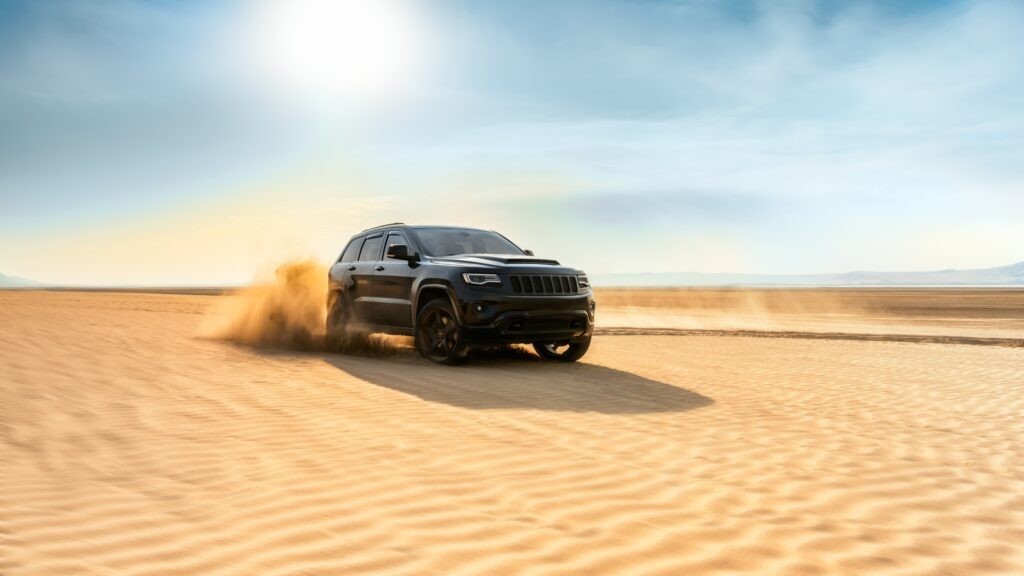Flat towing, also known as dinghy towing or four-down towing, is a popular and convenient method for RVers who want the freedom to explore their destinations. Towing a vehicle with all four wheels on the ground behind your RV provides unparalleled versatility once you’ve set up camp. With easy hook-up and minimal storage requirements for towing equipment, it’s clear why so many choose this method. But with modern vehicles boasting diverse drivetrains and transmissions, selecting the best vehicle to tow behind your RV requires careful consideration.
Understanding Flat Towing and Vehicle Compatibility
Flat towing involves connecting your tow vehicle directly to your RV using a tow bar, allowing it to follow seamlessly as you travel. However, not all vehicles are created equal when it comes to flat towing. Attempting to flat tow a vehicle that isn’t designed for it can lead to severe transmission damage, resulting in costly repairs. Historically, a wider range of vehicles were suitable for flat towing, but advancements in automotive technology, particularly the rise of continuously variable transmissions (CVTs) and complex four-wheel-drive systems, have narrowed down the list considerably.
Manual Transmission Vehicles: Often a Safe Bet
If you’re considering a vehicle with a manual transmission, you’re often in luck. Many front-wheel-drive vehicles with manual transmissions can be flat towed without any modifications. Similarly, rear-wheel-drive vehicles with manual transmissions and four-wheel-drive vehicles equipped with a manual transfer case that can be shifted into neutral are often suitable. The definitive answer, however, always lies within your vehicle’s owner’s manual. Manufacturers typically provide explicit instructions regarding recreational towing, specifying whether a model can be flat towed or if it requires a flatbed trailer or tow dolly to keep driving wheels off the ground.
Automatic and CVT Transmissions: Proceed with Caution
The increasing prevalence of automatic transmissions, CVTs, front-wheel drive, and sophisticated four-wheel-drive systems has reduced the number of flat towable vehicles. CVT-equipped vehicles are generally not suitable for flat towing as the transmission can be damaged when the driveshaft turns without the engine running. For vehicles with automatic transmissions, the situation is more complex and often model-specific.
Modifications for Flat Towing: Proceed Professionally
If your desired vehicle isn’t inherently flat towable, aftermarket modifications might seem like a solution. While add-ons exist for some automatic transmission vehicles to enable flat towing, these can be expensive, complex to install and maintain, and potentially void your vehicle’s warranty if not implemented correctly. Improper use or installation can lead to engine or drivetrain damage while towing. If you’re specifically seeking a towable vehicle, prioritizing models approved for flat towing by the manufacturer is the safest and most reliable approach. If modifications are your only option, always consult with a professional mechanic specializing in RV towing setups.
Key Considerations Before Flat Towing Any Vehicle
Once you’ve confirmed your vehicle is flat towable, several crucial checks are necessary before hitting the road:
- Steering Lock: Most vehicles have steering locks engaged by the ignition switch. A vehicle cannot be safely flat towed if the front wheels are locked and cannot turn. To unlock the steering, the key usually needs to be in the ignition and turned to the accessory position.
- Fuse Removal: Some flat towable cars and SUVs require specific fuse removals to prevent battery drain or system malfunctions during towing. Consult your owner’s manual for specific fuse removal instructions.
- Transmission and Transfer Case Positioning: Certain four-wheel-drive trucks with automatic transmissions require a specific setup for flat towing, often involving placing the transmission in park and the transfer case in neutral. Again, the owner’s manual is your primary guide.
- Model Year Specifics: Don’t assume that because older models of a vehicle were flat towable, newer ones automatically are. Vehicle technology and drivetrain configurations change frequently, so always verify flat tow compatibility for the exact year and model you intend to tow.
- Auxiliary Braking Systems: Safety is paramount. Most states and provinces mandate auxiliary braking systems for flat-towed vehicles exceeding a certain weight. These systems apply the towed vehicle’s brakes in conjunction with the RV’s brakes, significantly improving stopping distances and overall safety. Even where not legally required, auxiliary brake systems are highly recommended for safe RVing.
Top Vehicle Types for Flat Towing: Finding Your Best Match
Choosing the best vehicle to tow behind your RV involves evaluating different vehicle types to match your travel needs and preferences. Here are some popular categories:
-
Compact Cars:
Compact or subcompact cars are excellent lightweight and fuel-efficient options for flat towing. Models like the Chevrolet Sonic or Ford Focus (check specific years) offer the convenience of a separate vehicle for exploring without adding excessive weight to your RV setup. They are often the most budget-friendly option if you’re buying a vehicle specifically for towing. Ideal for errands and sightseeing, they may be less suitable for larger families or off-road adventures.
Alt text: Blue Ford Focus car flat towed behind an RV, showcasing a compact vehicle towing setup.
-
4x4s (Four-Wheel Drive Vehicles):
The Jeep Wrangler remains a consistently popular choice among RVers seeking a robust and adventure-ready flat tow vehicle. Jeep Wranglers (JK, JL, and TJ models – verify year and specific trim) are known for their flat tow capability and off-road prowess. They offer open-air driving experiences when exploring and are perfect for those venturing beyond paved roads. However, fuel economy and on-road comfort might be less optimal compared to cars or SUVs.
-
SUVs (Sport Utility Vehicles):
SUVs like the Jeep Grand Cherokee, Chevrolet Equinox, or Buick Enclave (again, check specific model years and configurations) strike a balance between passenger space, cargo capacity, and flat towability. They offer more room for families and gear compared to cars, while some models retain off-road capabilities. SUVs are versatile for both daily driving and RV excursions, making them a strong contender for the best vehicle to tow behind an RV for many.
Alt text: Silver Jeep Grand Cherokee SUV being flat towed behind a motorhome, highlighting SUV towing option.
-
Trucks:
For maximum cargo space and ruggedness, trucks like the Ford F-150, Chevrolet Silverado, or GMC Sierra 4×4 (check specific 4×4 models and years) are viable flat towing options. Truck beds offer ample storage for camping gear, bikes, or supplies. They are also capable off-road vehicles. However, trucks are generally heavier and less fuel-efficient than cars or SUVs, impacting overall RV fuel consumption.
Popular Flat Towable Vehicle Models (Always Verify Specific Year and Model):
- Buick Enclave
- Buick Envision
- Cadillac SRX
- Chevrolet Colorado 4X4
- Chevrolet Equinox
- Chevrolet Silverado 4X4
- Chevrolet Sonic
- Chevrolet Tahoe 4X4
- Dodge Durango AWD
- Ford Expedition 4X4
- Ford Explorer
- Ford F-150 4X4
- Ford Fiesta
- Ford Focus
- GMC Acadia
- GMC Canyon 4X4
- GMC Sierra 4X4
- GMC Terrain
- Honda CR-V
- Jeep Cherokee 4X4
- Jeep Grand Cherokee 4X4
- Jeep Wrangler JK 4×4
- Jeep Wrangler JL 4×4
- Jeep Wrangler TJ 4X4
- Lincoln MKX
- Lincoln Navigator 4X4
- Mini Cooper
- Ram 1500 4×4
Advantages of Flat Towing: Why It’s a Preferred Method
While tow dollies and trailers can technically tow almost any vehicle, flat towing offers distinct advantages:
- Cost Savings: Flat towing requires less equipment compared to trailers or dollies, reducing initial purchase and maintenance costs.
- Storage Convenience: Tow bars and related flat towing equipment are compact and easy to store both at home and at campsites, unlike bulky trailers or dollies that demand significant storage space.
- Ease of Use: Connecting and disconnecting a flat-towed vehicle is typically faster and simpler than loading and securing a vehicle onto a trailer or dolly.
- Maneuverability: Flat towing generally provides better maneuverability than towing with a trailer, especially in tight campsites or gas stations.
Pro Flat Towing Tips for Safe Travels
For both novice and experienced flat towers, these pro tips enhance safety and prevent issues:
-
Never Back Up with Tow Bars Attached:
Resist the urge to back up even slightly with the tow vehicle connected. Backing up with tow bars attached can severely damage the tow bars, RV, and towed vehicle. Always disconnect before backing up.
-
Utilize a Tow Brake (Auxiliary Brake System):
 patriot brake flat tow brake intalled in flat tow vehicle
patriot brake flat tow brake intalled in flat tow vehicleA tow brake, or dinghy brake, is an essential safety component. It applies the brakes in your towed vehicle when you brake in your RV, significantly reducing stopping distances and preventing strain on the RV’s braking system. Tow brakes are legally required in many areas and are crucial for safe flat towing. Invest in a quality tow brake system for peace of mind.
Alt text: Patriot Brake system installed in a flat towed vehicle, illustrating the importance of auxiliary braking.
Equip Yourself for Safe Flat Towing with Blue Ox
For reliable and high-quality towing equipment, Blue Ox offers a comprehensive range of tow bars designed to meet diverse towing needs. With towing capacities from 6,500 to 15,000 lbs, Blue Ox tow bars and accessories simplify hookups and ensure secure towing. Their premium models feature extended legs for increased RV-to-vehicle clearance and patented non-binding latches for easy disconnection, even on uneven terrain. Blue Ox baseplates provide a clean, factory look when not in use thanks to removable tabs. Combine Blue Ox tow bars with the Patriot Brake system for a complete and compliant flat towing setup, ensuring safe and confident travels to every destination. Explore Blue Ox products today to find the best vehicle to tow behind your RV and the equipment to tow it safely.
Tags: Best Vehicle To Tow Behind Rv, flat towing, tow bars

 jeep grand cherokee
jeep grand cherokee